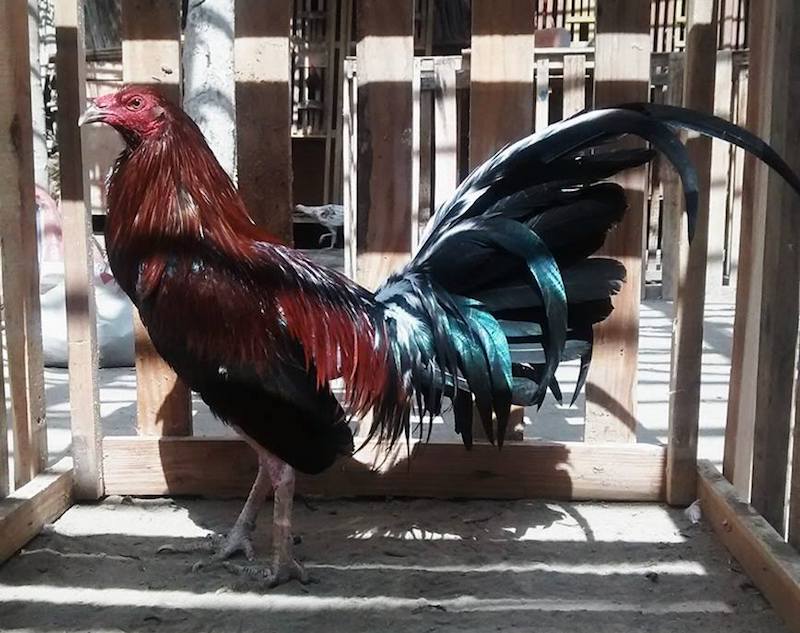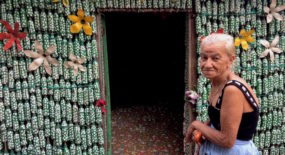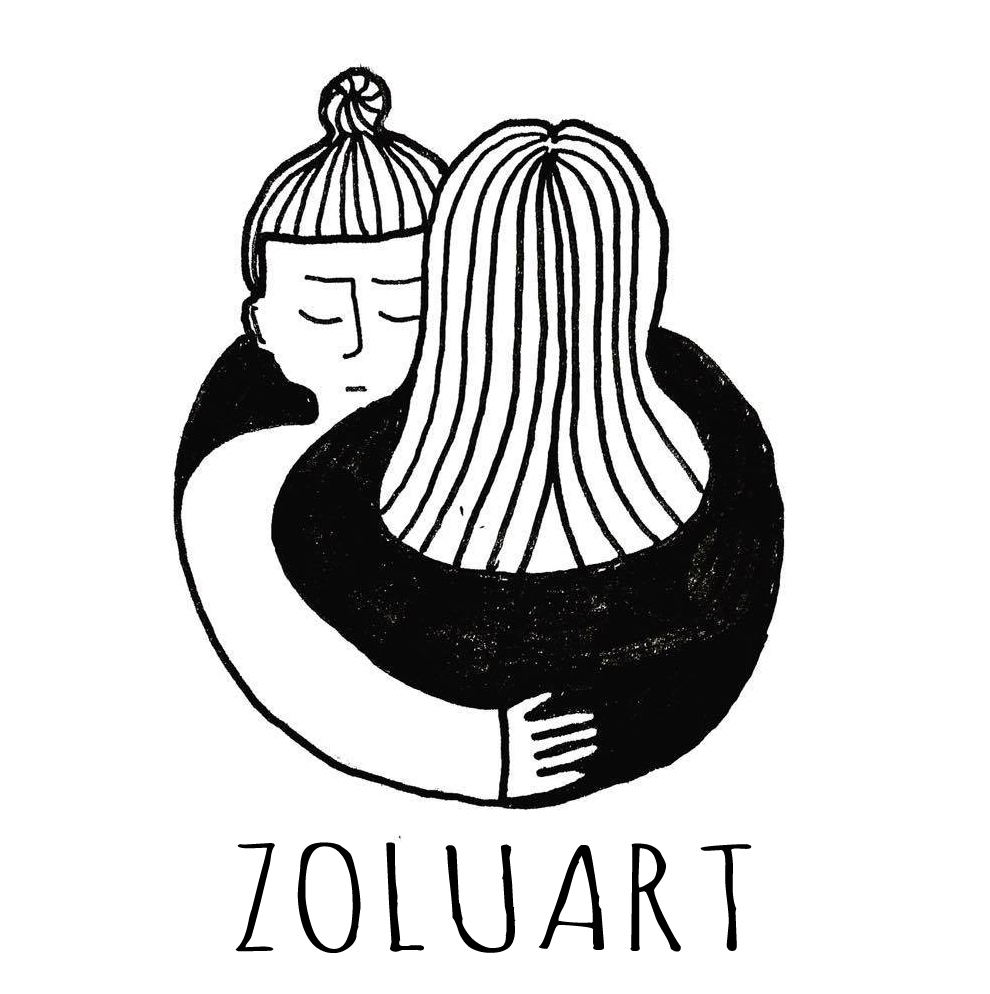ROOSTER FIGHTER IN PERUVIAN OCOÑA
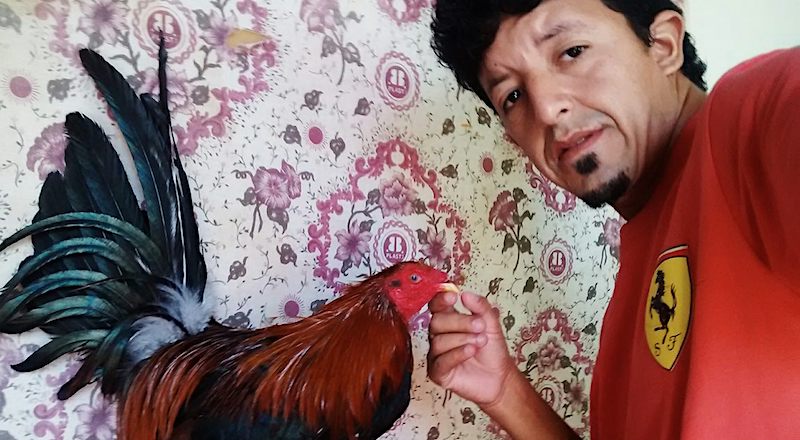
Waking up to the sound of one rooster is normal, but how about waking up to thirty of them? This morning, that was my alarm. As I stepped down to have breakfast with the owners of the hospedaje (bed and breakfast) I’m staying at (which the local priest paid for me, afraid I’d get washed away by floods if staying in my tent), I found out their son is a rooster fighter. Intrigued by this pass-time I knew nothing about, I decided to find out more.
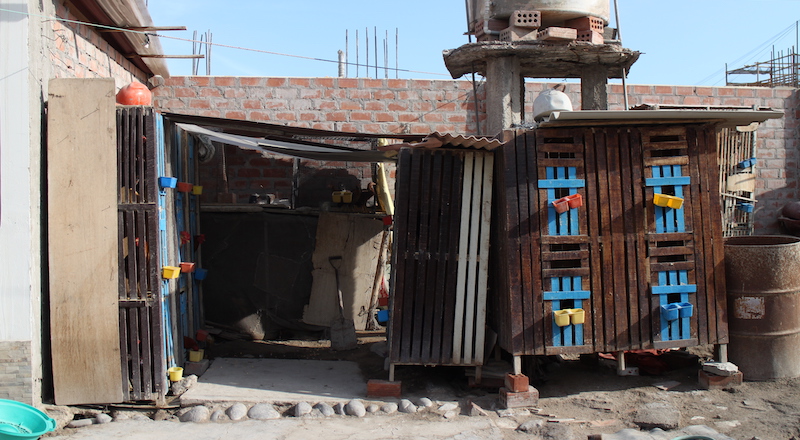
On the American continent, rooster fighting is a typical pass-time especially in the countries of Peru, Ecuador, Colombia and Mexico. Daniel Carnero Dávila, age 31, has been breeding and fighting with roosters since he was a child. His father used to breed roosters, so there were always plenty of them around.
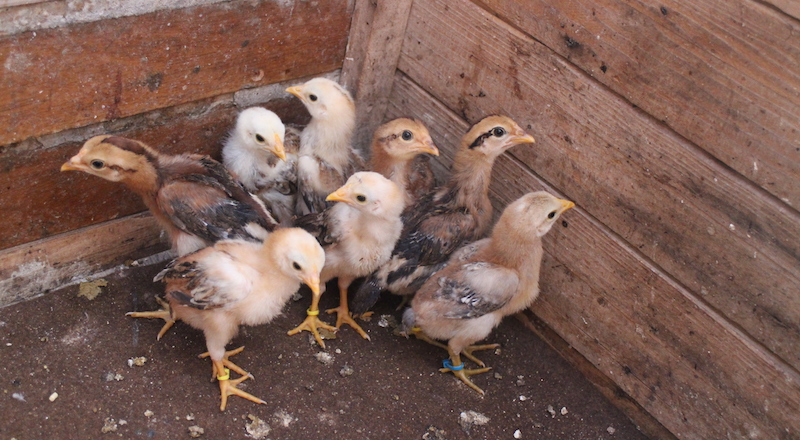
The setup of a rooster fight
A rooster fight takes place at a colosseum with round sand fields (cockpit). The audience is gathered around this sand field. The event normally goes on from around 6pm to 1am, as it’s also a social event where people consume alcohol and eat. These events can gather up to thousands of participants, of which even 140 take part in the fights. The fights themselves are rapid: eight minutes each, which together form a bigger championship or tournament.
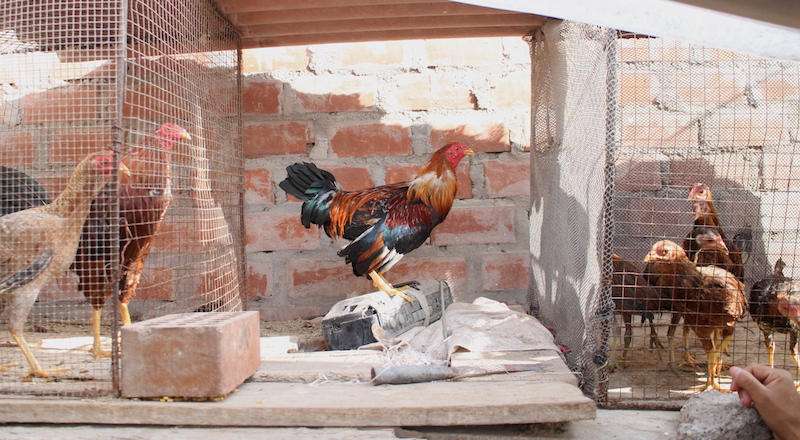
The point of the fight is that one of the roosters gets killed. Daniel fights with the so-called Gallos Piqueros in competitions where the roosters are equipped with spikes known as spurs. These spurs (espuelas or cachos) are first taped, then tied to the legs of the roosters. When they fight, they hit each other with them. If within eight minutes neither of the roosters is killed, the result of the competition is officially a tie.
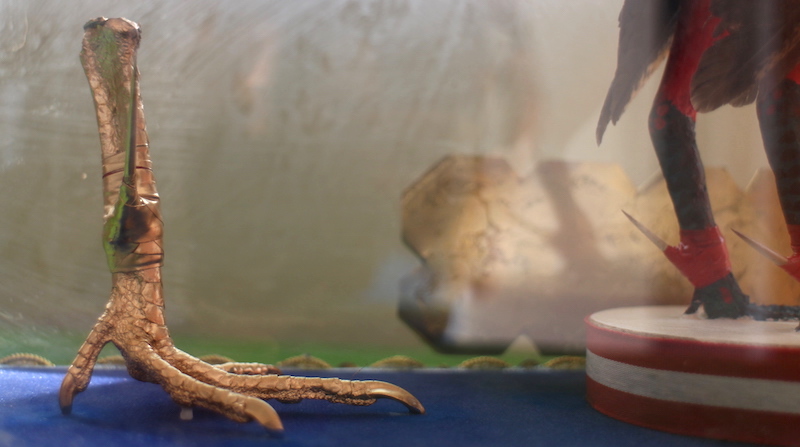
Behind the scenes of a rooster fight
At the moment, Daniel is not fighting, because his roosters are growing feathers. Until the feathers are fully grown, the fighting hurts the rooster (my wild guess is that it also hurts afterwards), so the roosters refuse to fight. Generally, the time between the beginning of January until the end of April is generally a quiet time in rooster fighting due to this reason. Yet, when the fights start, they take place every single day, for example in the nearby city of Arequipa. Daniel himself only competes on weekends.
As the rooster fights are Daniel’s passion, there’s a lot of time involved in taking care of the animals – bathing them, feeding them, cleaning their cages etc. Before the fights the roosters also need to be trained, so he makes them run around in sand, either following another rooster or a dummy doll which looks like a rooster.
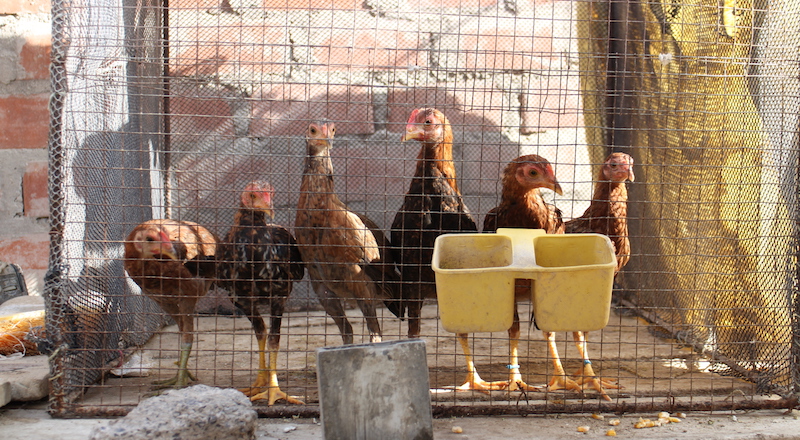
A traditional and esteemed pass-time
According to Daniel, nearly all the men of the town of Ocoña fight with roosters. The winner of the competition receives money, so it’s not just fame they fight for but also pure cash. Also the audience makes bets, which can turn into a huge gain or loss for an addictive gambler.
Daniel himself has won the championship of smaller “rooster parties” twice, but as any rooster fighter, he wouldn’t mind winning an international tournament one day. However, in order to win a tournament, one would have to dedicate his whole life to roosters. And at least for now, although the roosters are his pride, for the time being they are still just a beloved hobby for Daniel.
